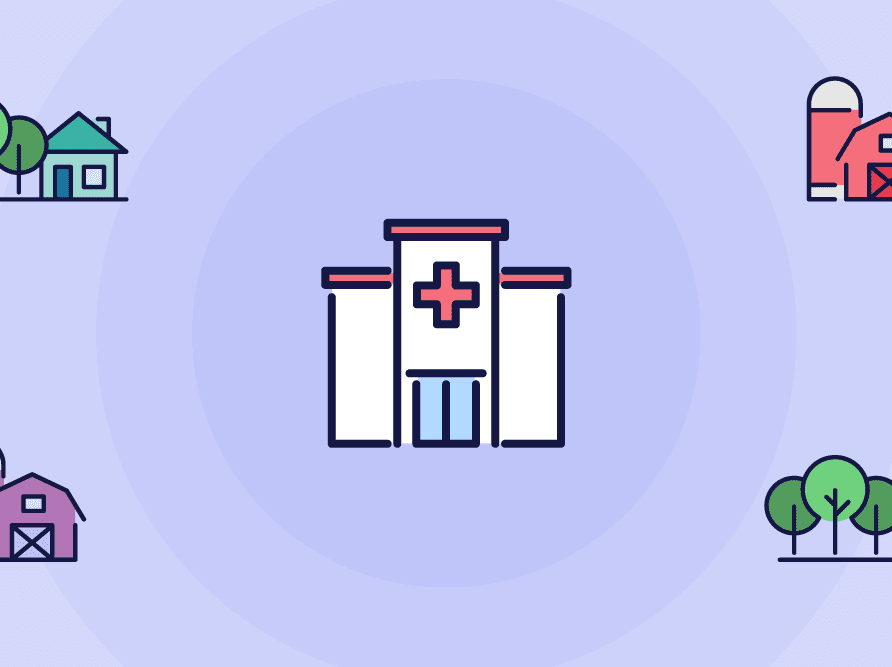Article
Staying aware 365 days a year: Strategies for improving and advancing patient safety now and in the future
* This content was originally published prior to N. Harris Computer Corporation’s 2022 acquisition of the Allscripts Hospital and Large Physician Practice business segment. Our business is now known as Altera Digital Health.
The COVID-19 pandemic has taught us a lot in the past year. An exciting lesson learned throughout 2020 and even today is that our U.S. healthcare system is adaptable and can move quickly to make changes to prioritize patient safety. For an industry that has historically been viewed as sluggish when it comes to implementing change (some evidence suggests up to a 17-year lag before clinical research is put into practice), healthcare organizations demonstrated in 2020 that they can be highly adaptable and capable of quickly making changes to prioritize the safety of their patients and staff.
With the strict stay-at-home orders that began in March and April 2020, healthcare organizations quickly identified alternatives to in-person visits by leveraging telemedicine technology to provide remote care for acute and chronic medical conditions. As in-person care began to resume, healthcare organizations also quickly adapted their facilities, policies and procedures to protect both patients and staff.
Hope for the best, but prepare for the worst
When it comes to creating an environment to identify and eliminate hazards for patients and staff, the saying “hope for the best, but prepare for the worst” is a valuable guide for readiness. In essence, we need to be optimistic that the thoughtful, proactive steps we are taking will accomplish our goals for containing and mitigating the spread of COVID-19, but we must balance this belief with action. Healthcare organizations are able to create environments that are safe for both patients and health workers by being proactive, deploying a layered approach to safety and continuously improving safety standards.
Using clinical data to improve safety
Since the passage of the HITECH Act of 2009, healthcare organizations have undertaken an enormous effort to digitize. The benefit of this digitization effort is that healthcare organizations now have a treasure trove of clinical data available to help improve the safety and quality of healthcare. By using this real-world data (RWD), healthcare organizations can generate insights to improve care safety and quality.
Specific examples include the COVID-19 Research Database (of which Veradigm is a founding member) and the COVID-19 Healthcare Coalition. For these collaborative efforts, the goal is to use real-world data to better understand COVID-19, achieve real-time learning and better combat the COVID-19 pandemic.
A learning healthcare system
To best harness the potential of real-world data to improve safety and quality, organizations must take their internally generated data and experience, combine it with external evidence (e.g., clinical practice guidelines, clinical trials), put this knowledge into practice at the point of care, and to evaluate and advance clinical practice and improve care. This concept, known as a “learning healthcare system,” empowers healthcare organizations to provide patients with safer, higher quality and more efficient care.
Opportunities to leverage clinical data to achieve this virtuous cycle are endless and require healthcare organizations to be thoughtful and deliberate. Using a model for improvement, like one developed by Associates in Process Improvement, healthcare organizations should take a step-wise approach to continuous process improvement. These steps include:
- Set aims
- Establish measures
- Select changes
- Test changes (e.g., Plan-Do-Study-Act (PDSA) cycle)
- Implement change
- Spread change
Through a purposeful approach to continuous improvement, healthcare can build upon the lessons learned throughout the COVID-19 pandemic. By proactively leveraging real-world data and applying these insights to the point of care, organizations will continue improving the safety and quality of patient care while realizing the aspirations of a learning healthcare system.
Editor’s note: This is part one of a blog series in recognition of Patient Safety Awareness Week.













